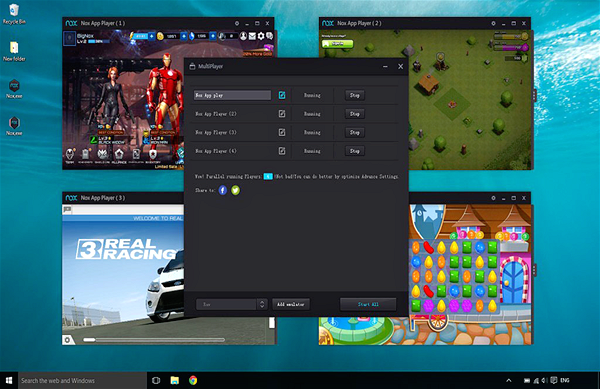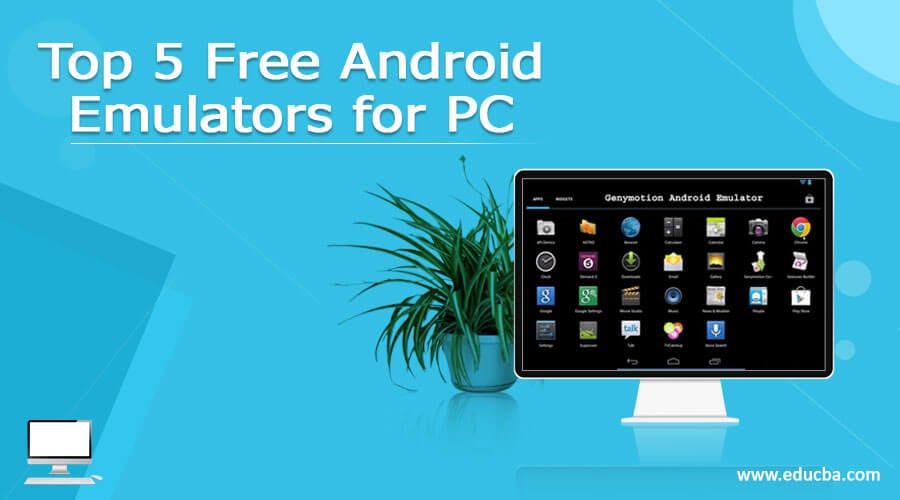Although I am not supposed to be shock as M1 Chip is not Intel Chip, because it is an ARM Chip, I am still SHOCK, recollecting the days where Android Emulator is too slow to even bother using it. The default Android emulator comes together with the Android SDK and can be found in the 'tools' folder. So far so good, we have our cake, but can we eat it? The answer comes about 5 minutes after we hit the 'Launch' button. Go grab a coffee. Wait another 5 minutes. Maybe even more. Finally - the emulator launches, only to show how slow it actually is. Question or issue on macOS: First of all, yes I know there’s a lot of topics similar to this issue, I did use the search function on stack overflow. But most of the issue that were brought up seems to about long boot times. For me, the emulator is so slow, simply sliding from one.
Question or issue on macOS:
First of all, yes I know there’s a lot of topics similar to this issue, I did use the search function on stack overflow.

But most of the issue that were brought up seems to about long boot times.
For me, the emulator is so slow, simply sliding from one home screen to another is like watching a slideshow. I placed in more ‘RAM’ into the virtual device but nothing changes.
How do I fix this?
I’m using a Macbook Pro 2010 on Mac OS X Lion.
How to solve this problem?
Solution no. 1:
On the latest version of the Android SDK there is support for x86 and native execution. Now it is possible to run the emulator at native speeds on a Mac but there is some work to do by hand.

First you need the latest SDK Tools rev.19+ and Platform tools rev.11+, the Android x86 Atom System Image for 4.0.3 to 4.4 and the Intel Hardware Accelerated Execution Manager (HAX) all this from the Android SDK Manager.
After this you need to install HAX, unfortunately the SDK Manager downloads an outdated version. There is the Intel-HAXM hotfix v1.0.8
When you create a new AVD to use this latest system image and enable the GPU support on it (at the moment the snapshot support are not compatible with GPU but it still worths it. The VM will boot up in just a few seconds anyway.
Asian paint colour visualizer software download. It considerably accelerates the development on Android, it is just a shame that it doesn’t works like this out of the box.
Solution no. 2:

The bounty is still open incase anyone comes up with something better.
But so far, the only solution I’ve found for testing android on Mac OSX is to use a VM. You can still build/install your app from Eclipse as normal using ADT/abd
See http://software.intel.com/en-us/blogs/2011/10/11/getting-started-on-android-for-x86-step-by-step-guide-on-setting-up-android-2223-for-x86-testing-environment-in-oracle-virtualbox/ for step-by-step instructions.
Solution no. 3:
Try genomotion emulator!
Its very fast, and way lighter than the other simulators*!
- Go here https://cloud.genymotion.com/page/customer/edit/, and register
- Download the IntelliJ Idea/Android studio plugin, and the Application (works for Linux/Mac/Windows)
- Install the application. Install the plugin (Preferences/Plugins/Install from disc)
- Open application. Login with registration credentials. Download from genymotion’s cloud an image (eg nexus7 w/o gapps)
- Select in IntelliJ/Android Studio the genymotion icon, and the select the path of the Application
- Run your app in genymotion emulator! Note: it will appear as “USB Device” and NOT as emulator!
*I have tried nexus7 w/ intels HAXM. Its super fast too, but its very heavy! Genymotion is much lighter!
Edit2: some weird error I faced using this emulator. When running the emulator, I could add text input to EditText if physical keyboard language was not english! Samsung toner chip reset software download.
Solution no. 4:
Some tips if you still want to try to use the default emulator:
1) Reduce screen size. Don’t bother to build an emulator with 1280×800 screen, the emulator will choke on it as it only uses one CPU/process (not sure) to do all translation from ARM to MacOS and back again and does all of the screen rendering in software. I think the general recommendation is to stay with 800×480 or 1024×700. Less pixels = less lag. Heck try a 480×320, if its really bad on your machine.
2) If you can use an older version of the SDK like 1.6, do so. Some of the performance gets used up by the fancier home screens of Froyo and Gingerbread.
3) Allocate more memory to the emulator. If you are using eclipse:
Go to Preferences.
Select “Launch”
ADD “-partition-size 1024” on the “Default emulator option”
Click “Apply”
You may have done this already but added for clarity.
[MC] Oops (3) was parition-size, -m is for memory.
Hope this helps!
Android devices often get slow due to various reasons. This is something that bothers a lot, but there is a solution to fix up this problem and you don’t need to change the device but you can make your device work fast. The Android device also gets slow because of the AVD and the emulator. AVD is an Android Virtual Device, a configuration that the user can get in Android-phone, Android tv, Android tablet, and other Android devices, that make the changes in Android emulator.
It is an interface the user can launch in the Android device, that is used for managing AVDs. Nox Download is one of the Android emulators that allow the user to play the Android games on the computer. Ceb-fip model code 2010. It is known as one of the best Android emulators. Some emulators are so slow and hence they make the speed low of the devices. Although the user can speed up the device, this emulator is the one that doesn’t make the speed slow of the device.
Most of the Android users go for this emulator, as it supports various games. Through this, the user can play Android games on the PC, which provides a better experience. Firstly the user needs to download the HAXM driver, by using the SDK manager, as it makes the performance better. The user also needs the Intel Hardware Accelerate Execution manager to drive from the SDK. After that, the user needs to execute IntelHarxm.exe to get the HAXM driver.

For this, the user needs to go to the extra option, which is situated in the Android ADT, and then install the file that will lead to the virtual system. If the driver doesn’t install properly and got failed the user needs to have the updated BIOS as it is dependent on the intel virtual tech, the user can go to the BIOS by pressing the del key, while you’re booting the device.
Hence you will be directed to the intel virtual tech option, enable it. After this process, the user needs to go for the host GPU option, now click on the checkbox for enabling it, as through this the user can make the system native support enable for the virtual emulator. Now configure it and make the configuration run for test and apply the changes.

Conclusion
Android Emulator For Slow Pc
Through this, the user can make the speed faster of their device, as the major reason for lacking the speed is through the AVD or Android virtual device or by using the Android emulator that makes the user play the Android games on the PC. Although some emulators provide the best services and do not lack the speed of the device. Such emulators are best to use. Also, the method is perfect for the speed up the Android device, if it got slow due to the emulator and AVD.